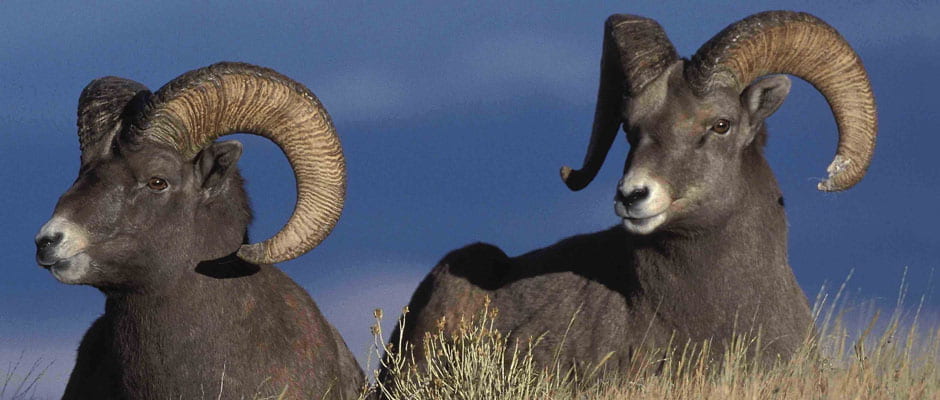Human actions are increasing the rate of evolutionary change in plants and animals in ways that may hurt their long-term prospects for survival, scientists are reporting.
Hunting, commercial fishing and some conservation regulations, like minimum size limits on fish, may all work against species health.
The idea that target species evolve in response to predation is not new. For example, researchers reported several years ago that after decades of heavy fishing, Atlantic cod had evolved to reproduce at younger ages and smaller sizes.
The new findings are more sweeping. Based on an analysis of earlier studies of 29 species — mostly fish, but also a few animals and plants like bighorn sheep and ginseng — researchers from several Canadian and American universities found that rates of evolutionary change were three times higher in species subject to “harvest selection” than in other species. Writing in The Proceedings of the National Academy of Sciences, the researchers saythe data they analyzed suggested that size at reproductive maturity in the species under pressure had shrunk in 30 years or so by 20 percent, and that organisms were reaching reproductive age about 25 percent sooner.
Click here to read the full article at nytimes.com.

